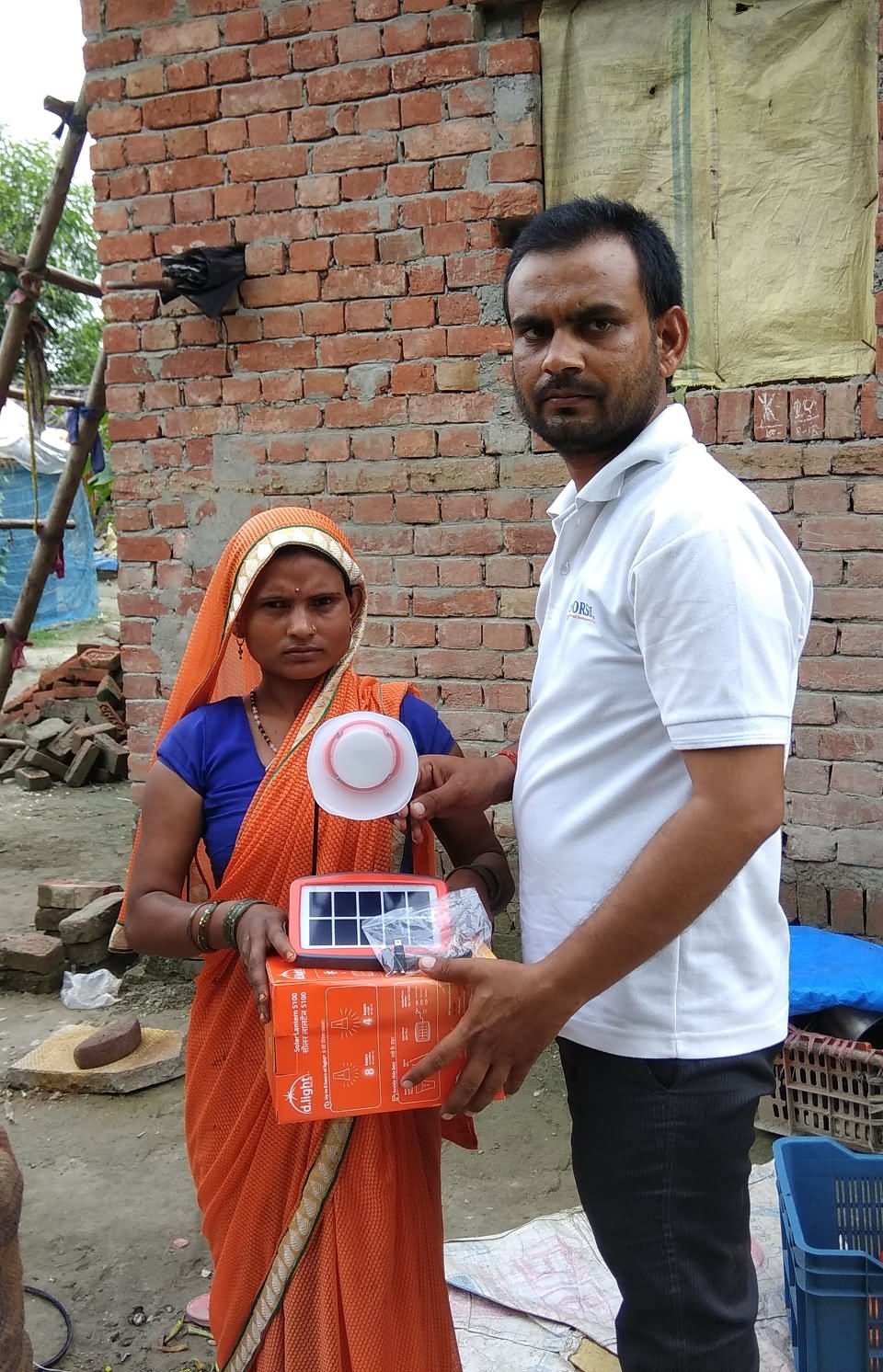
Willingness to Pay for Solar Lanterns: Does the Trial Period Play a Role?
Semee Yoon and Johannes Urpelainen (Professor of Energy, Resources and Environment from University of British Columbia)
Where electricity access is limited, solar lanterns are a viable and relatively inexpensive source of basic lighting for households. However, the creation of commercially viable business models for solar lanterns is difficult because the customers are poor and make decisions under tight liquidity constraints. To understand the economics of technology adoption in the case of solar lanterns, researchers conducted a field experiment on willingness to pay (WTP) for solar lanterns in rural Uttar Pradesh. Applying the Becker–DeGroot–Marschak method of eliciting WTP, researchers evaluate the ability of a trial period and postponed payment to increase sales.
In the marketing experiment, local volunteers sell solar lanterns to villagers under different contracting arrangements and implement a BDM game to elicit unbiased estimates of willingness to pay. MORSEL was responsible for training the volunteers, overseeing their work, and preparing a dataset for analysis.
Location: Unnao Uttar Pradesh

